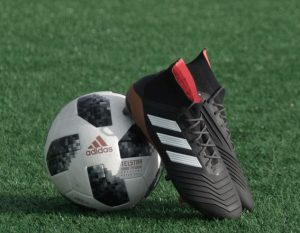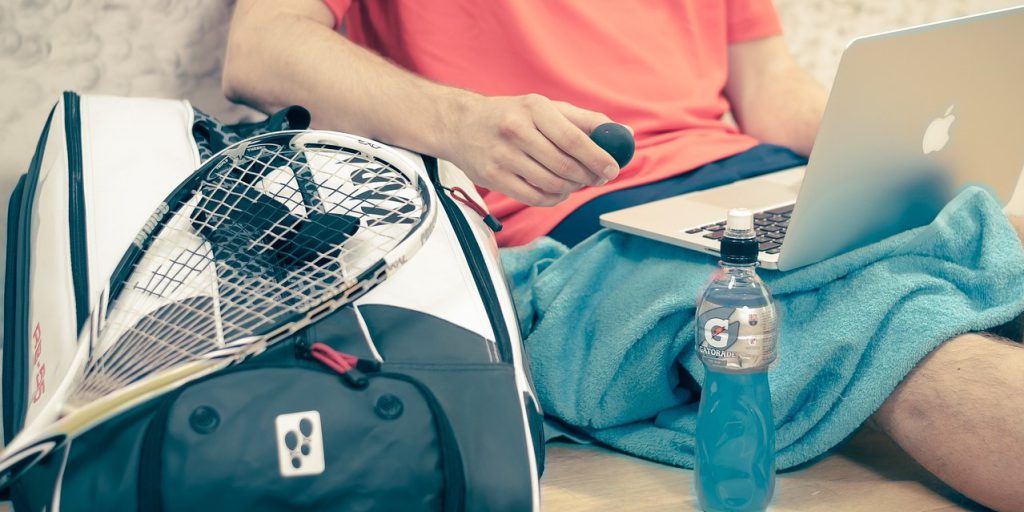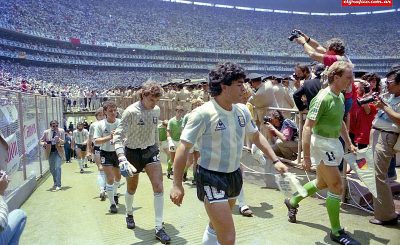One of the biggest challenges for a designer is to use their skills and education in a way that is going to generate steady income. Many artists turn to web design and become responsible for many interesting messages and themes you come across online when you are ordering from Nando’s or browsing for online codes. However, today, I want to talk about those that try their luck with sports design.
What Is Sports Design?

The first thing that might pop into your head when we talk about sports design is some fancy material on a gym bag with the brand logo plastered in a visible place. That is just a small part of it. Sports design deals with everything related to sports and incorporates functionality into the style and the look of the athletes, their tools, and their equipment.
Besides coming up with a way to make an athlete or a team more noticeable, sports designers are also the people in charge of coming up with improvements in gear. They work hand-in-hand with the researchers and inventors to use the new materials in a way that is both stylish and comfortable.
Getting Yourself Out There
Now that we’ve covered the basics, we need to discuss what you need to do in order to make it into the world of sports design.
Portfolio
Like in any other artistic or designer work, you need to show what you are capable of by presenting your prospective employers with a portfolio of your work. Some of you may feel that this is a Catch 22 situation where you need experience to get experience, but you can showcase some of your ideas or your work with someone else. Incidentally, this brings me to my next point.
Collaborate
One way to get a team to notice you is to work with other sports designers on certain projects. This will not only enhance your portfolio, but it will also give you someone who can vouch for our skills and work ethic.
Stay In the Loop
You need to follow the trends and keep up with the latest changes and crazes that may come about. One way to do this is to check out the work by other sports designers. Another way to go would be to follow podcasts and designer news.

Social Media Presence
Until you sign on with a company (and, perhaps, even then), you are your own brand. That means that you must be very careful about your digital footprint. Keep your social media posts professional and stay neutral regarding subjects that might hurt your chances of getting hired.
Mingle
Try to find the right crowd. I only mean this in a sense that makes you expand your circle of acquaintances to allow you to meet people who are relevant to the sports industry. While presence on social media like Facebook and LinkedIn is very important, it also pays to be in contact with the right people in order to get a shot you need at success.



